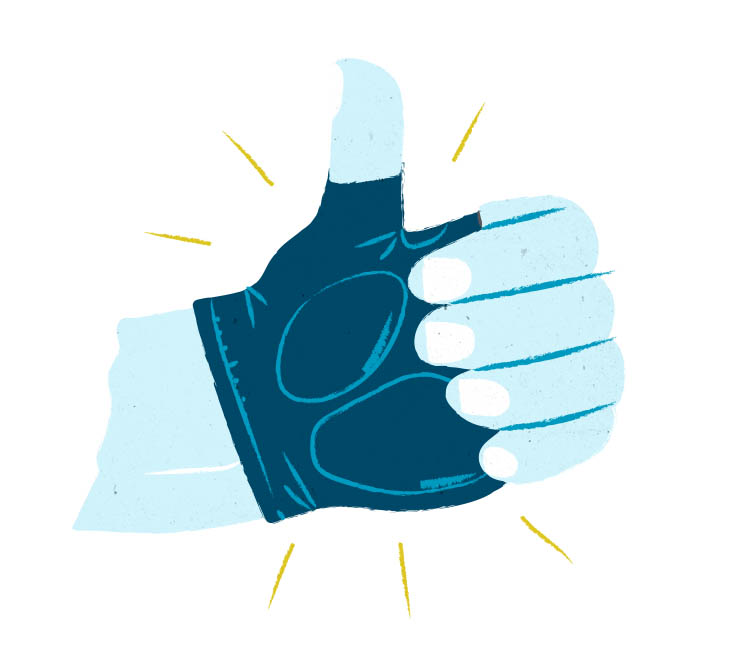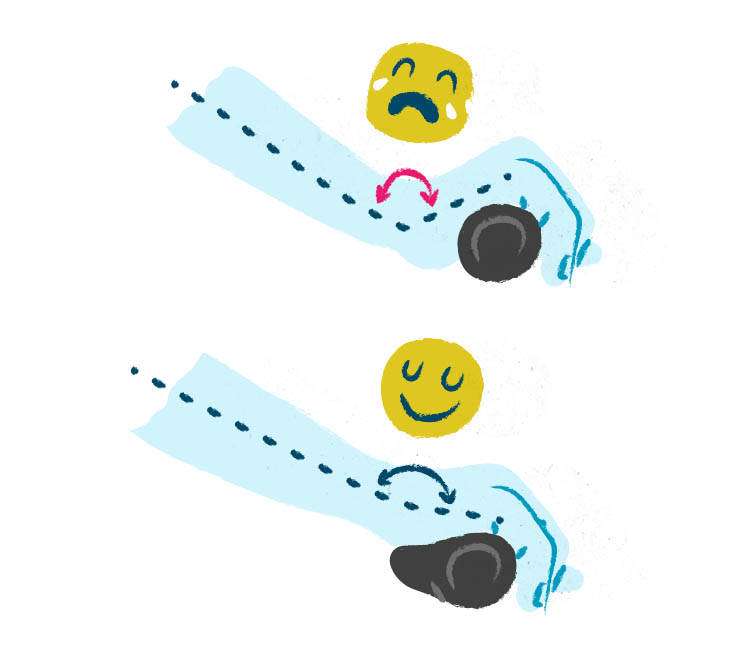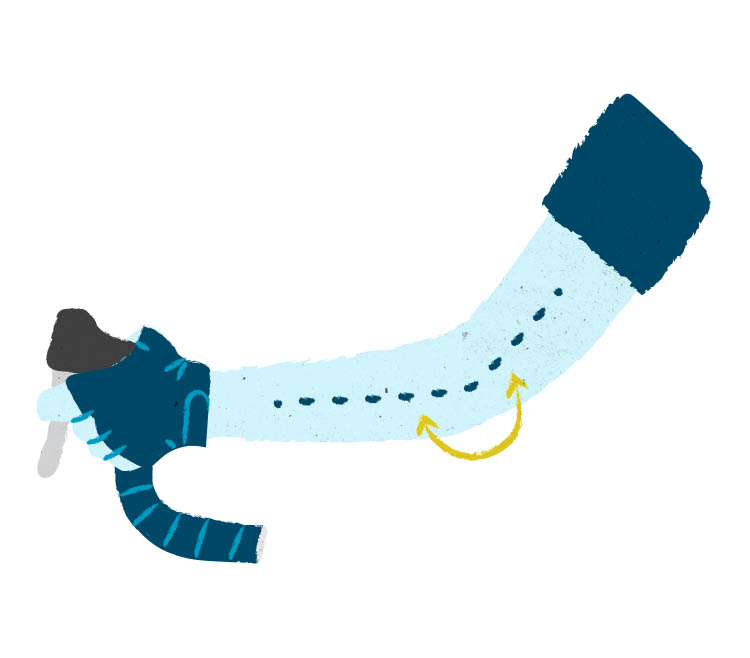Don’t Put Up with Wrist Pain
In cycling, posture is important. Your position on the bike is like your attitude: it flavors everything you do. Pedaling fifty miles with bad posture is a completely different experience than pedaling those same fifty miles with your wrists aligned, your shoulders relaxed, and your elbows bent.
Wait, wrists and elbows?! That’s right. Even the veteran cyclists could do with a reminder: your hands and arms can take a beating during extended bike tours.
Carpal tunnel syndrome and something called “cyclist’s palsy” or “handlebar palsy” can occur because the nerves in your hands are being compressed by gripping the handlebars. This lasting nerve damage is totally avoidable.
Take note: wrist pain during or after a bike ride is not normal. If you experience pain, numbness, or a tingling sensation in your fingers, wrist, or arms while cycling, it’s a sign that there’s undue pressure on the nerves in your hands. The ulnar and/or median nerves could be getting compressed, and it’s time to take action. Try these adjustments and, as always, check with your doctor.

1. Wear padded cycling gloves.
The pads are designed to protect the palms of your hands from the vibration and pressure of the handlebars, thus reducing the pressure on your ulnar and median nerves.

2. Your wrists should be straight, not flexed.
In other words, if viewed from the side, there should be a straight line from your knuckles to your elbows when you’re gripping the handlebars. If you’re struggling to keep your wrists in line with your arms, consider investing in a new pair of ergonomic handlebar grips with platforms to support your wrists. They’ll keep your wrists straight, as well as disperse the pressure of the handlebar over a wider area of your palm. A win-win!

3. Bend your elbows.
Your elbows act as a spring, absorbing the vibration of the road before it gets to your shoulders. If you ride with your elbows straight, all those vibrations are going into your upper body, which can cause shoulder and neck pain. And if your elbows are straight, chances are your wrists are flexed to compensate. Try to ride with your elbows as bent as they are during a handshake.
4. Loosen up.
It’s easy to feel tense in traffic, but a death grip on the handlebars and stiffening your shoulders will only result in pain later. As often as you can, remind yourself to relax. Rest your hands gently on the handlebars and allow your abdominal muscles to support your upper body instead. An added bonus of engaging your core muscles is that you’ll be putting more pressure on your pedals in order to stay upright, thus increasing the power in your pedal stroke.
Take good care of your hands and arms, and enjoy the ride for years to come!

